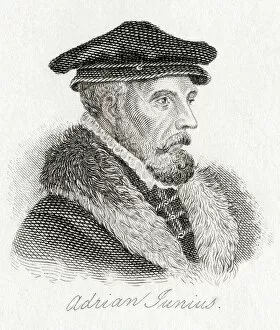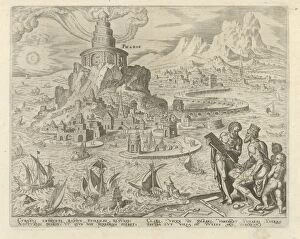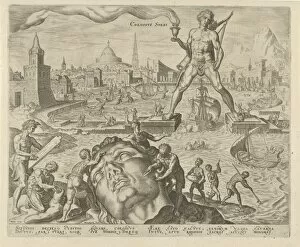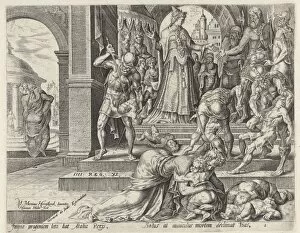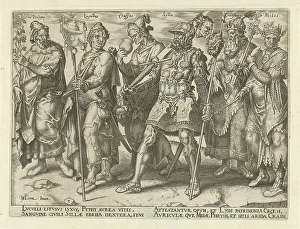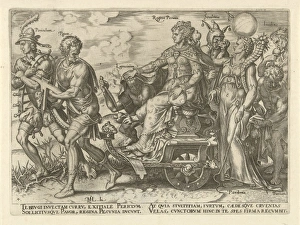Hadrianus Junius Collection
Hadrianus Junius, also known as Adriaen de Jonghe, was a prominent figure in the 16th century
All Professionally Made to Order for Quick Shipping
Hadrianus Junius, also known as Adriaen de Jonghe, was a prominent figure in the 16th century. Born in 1511 and passing away in 1575, he left behind an impressive legacy that continues to captivate art enthusiasts today. One of his notable works is the series of engravings depicting ancient wonders such as the Lighthouse of Alexandria, Walls of Babylon, Mausoleum of Halicarnassus, Pyramids of Egypt, and Colossus of Rhodes. Created in collaboration with Philips Galle in 1572, these intricate engravings showcased Junius' exceptional talent for capturing architectural marvels with remarkable detail. In addition to his fascination with ancient structures, Junius delved into various themes through his artwork. One example is "Queen Athaliah orders the kings children to be killed, " a piece by Harmen Jansz Muller that featured Junius' engraving skills. He also collaborated with Galle on pieces like "Famous and infamous rich people" (1563) and "Dangers of wealth" (1563), which explored societal issues surrounding wealth and power. Junius' artistic prowess extended beyond architecture and social commentary. His collaboration with Galle on the engraving titled "Statue of Zeus at Olympia" (1572) showcased his ability to depict mythological figures with grace and precision. Another masterpiece attributed to the depiction of the Colosseum in Rome from 1572. This engraving captured not only the grandeur but also evoked emotions associated with this iconic symbol of ancient Roman civilization. Although much remains unknown about Hadrianus Junius himself due to limited historical records, his contributions to art are undeniable. Through collaborations and individual works alike, he demonstrated a keen eye for detail while exploring diverse subjects ranging from historical wonders to societal issues.

